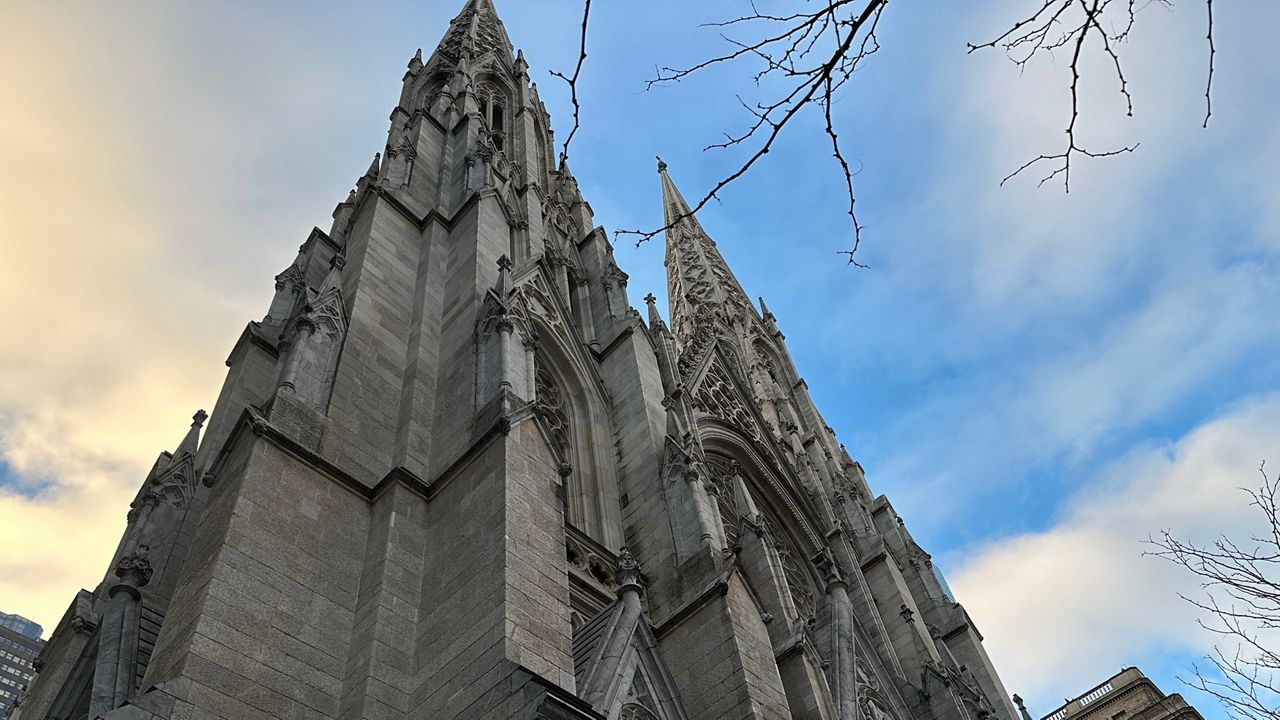Cobblestone streets are one of the last vestiges of the city's early days. But preservationists are alarmed by the city's efforts to give some of those streets a modern makeover. NY1's Michael Scotto filed the following report.
In some of the city's oldest neighborhoods the streets recall a far different time, when horsepower had a whole different meaning.
"It has that kind of feel - kind of that old world feel to it," said Anthony Gianfrancesco of the NYC Department of Transportation.
Gianfrancesco knows a lot about the city's cobblestone streets.
He oversees the three people at the city transportation department who repair them.
NY1 recently watched as they worked in Red Hook.
It's painstaking, exacting work which takes days to finish.
It starts with cement and gravel and then the stones - each one laid by hand, spaced out by 3/4 of an inch, and then hammered in place.
"You got to pick each stone to fit; they don't all go in the same place that you pull them out of. And there's no numbering system and you're putting them in one by one," Gianfrancesco said.
The labor is one reason it costs four times more to repair a stone street than a paved one.
Stone-studded streets once were the rule.
First naturally occurring cobble stones, then hand-carved granite stones known as Belgian blocks.
Around 1890, asphalt was introduced.
There are just 15.2 miles of Belgian block streets left - in old neighborhoods such as DUMBO, TriBeCa and SoHo - and they have been changing, too.
"It's like putting linoleum in a historic district," said Doreen Gallo of the DUMBO Neighborhood Alliance.
Gallo is upset about a street repair project in DUMBO where the city is replacing the hand-cut stones with smoother laser-cut blocks, which comply with rules under the Americans with Disabilities Act.
To be ADA compliant surfaces at crosswalks must be slip resistant and they can't vary in height by more than a quarter inch. That's sometimes hard to achieve with Belgian block.
But Gallo says the new blocks belong in Disney or the suburbs. And she says the city is further destroying the character of stone streets by how they are remaking the crosswalks.
"The sidewalks, the crosswalks, could have been more historically done by not making them as wide," Gallo said.
The city says it is trying to balance the preservation of historic streets with the Disabilities Act.
One thing has not changed. In neighborhoods like DUMBO city crews still repair streets the way their counterparts did centuries ago.







